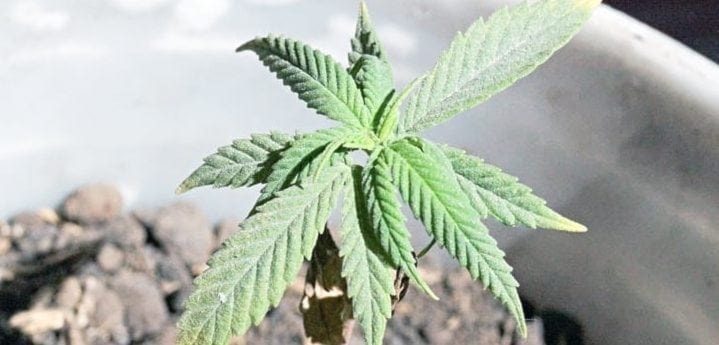By keeping a low-end gram of legal pot under $10, the GNWT says its on pace to keep the black market at bay come legalization.$
“If we are in that $8 to $10 range, under $10, that would be quite competitive with the illegal market,” said Deputy Finance Minister Dave Stewart during a public committee meeting at the Legislative Assembly Wednesday.
When cannabis becomes legal this week, consumers will be able to choose from an array of marijuana strains, varying in quality and potency, that all fall under $20 per gram. The priciest of pot will go for $14.55 per gram.
The price points, unveiled Wednesday and crafted through considerations of current illegal market rates, are the territorial government’s answer to the Liberal's long-running legalization objective: Keep pot profits out of the hands of criminals.
By setting the prices where they are, Stewart said the department is well placed to begin pushing the black market out by keeping a competitive edge.
Some MLAs in the room Wednesday weren't as sold on the pricing system's promised impact.
“I don't understand how the illegal market will be displaced, especially in communities that don't have vendors.” said Yellowknife Centre MLA Julie Green.
“What is the interest for people to stop using their local drug dealer and wait for Canada Post to deliver their pot instead,” Green asked Stewart.
Stewart didn’t directly address the convenience offered by street-level dealers as being a roadblock in curbing the illegal sale of pot, but maintained the competitive pricing, coupled with legal pot's variety, quality and safety, will help turn consumers away from black market buys.
Shane Thompson, MLA for Nahendeh, also questioned the power of the pricing in pushing illegal sellers out. He told Stewart he'd already heard rumours that street dealers would be lowering their prices to keep peddling product under the GNWT retailer's par.
“Whether there's then an adjustment in that market to try undercut (pricing), that's certainly a possibility. But it's all part of this process,” conceded Stewart.
He said the pricing system also takes into account volume discounts enjoyed in the illegal market – buying larger quantities at once is cheaper than paying gram for gram.
Stewart said packaging and pricing will mirror that volume discount to stay competitive.
On how the government will assess whether pricing has put a dent in the black market post-legalization, Stewart admitted there's no “perfect method.”
“There isn't going to be a single eureka indicator that we'll be able to say 'we know we've taken care of the entire illegal market,'” said Stewart.
Instead, Stewart said the GNWT will rely on “broad indicators” to assess the effectiveness of pricing as as means of curbing illicit weed sales. As the market begins to stabilize, he said the department will compare sales in the territory with historical data, gathered by the NWT Bureau of Statistics and Statistics Canada, on cannabis consumption habits and preferences.
“It is something we're going to have to monitor as best we can,” said Stewart.
But like “most of the things in the cannabis file”, Steward said, it will be a wait-and-see approach when it comes to measuring legalization's impact on the black market.
“To ensure we're not allowing illegal activity to work its way,” into the sale and distribution of legal cannabis, Steward said would-be vendors and suppliers will undergo a vigorous screening process – involving background checks and assessments of financial records – to safeguard against any encroaching criminality.
